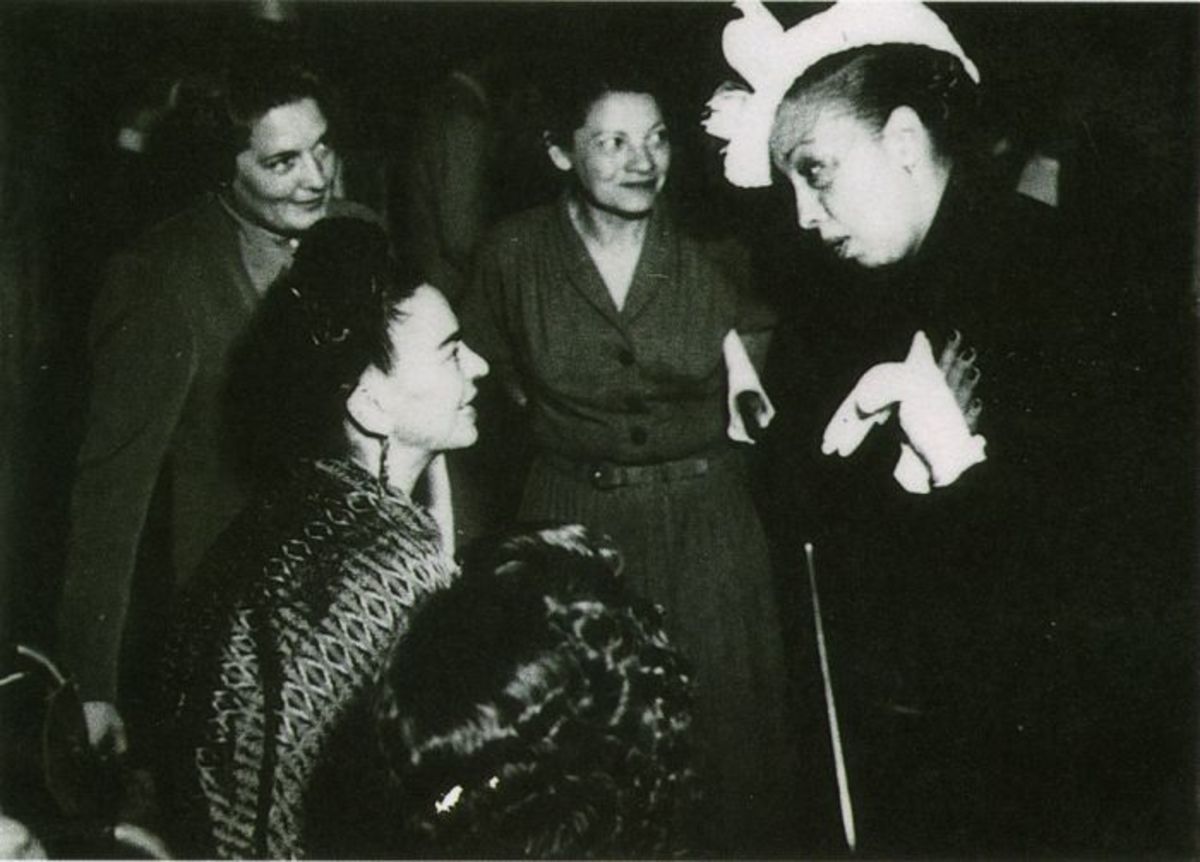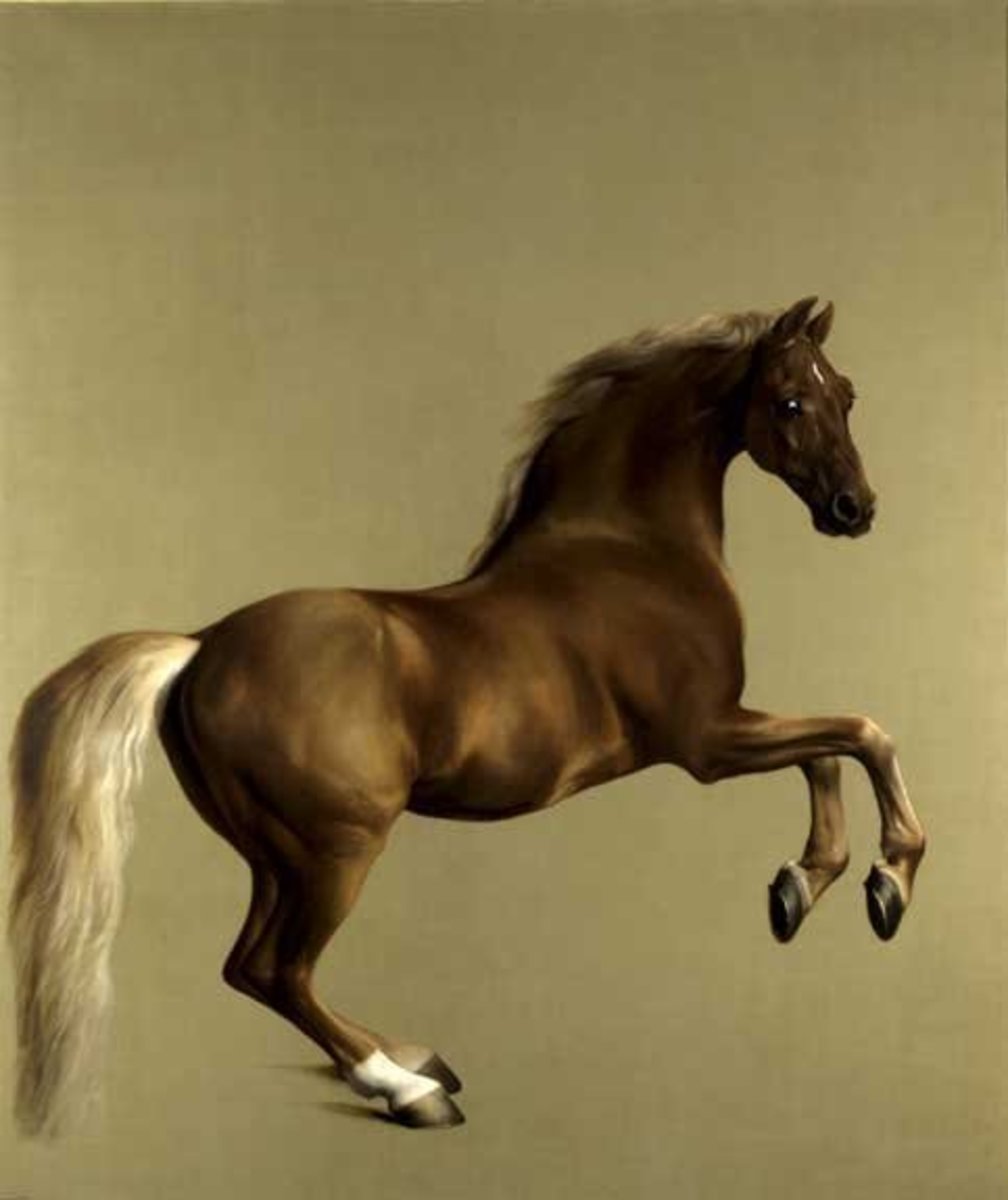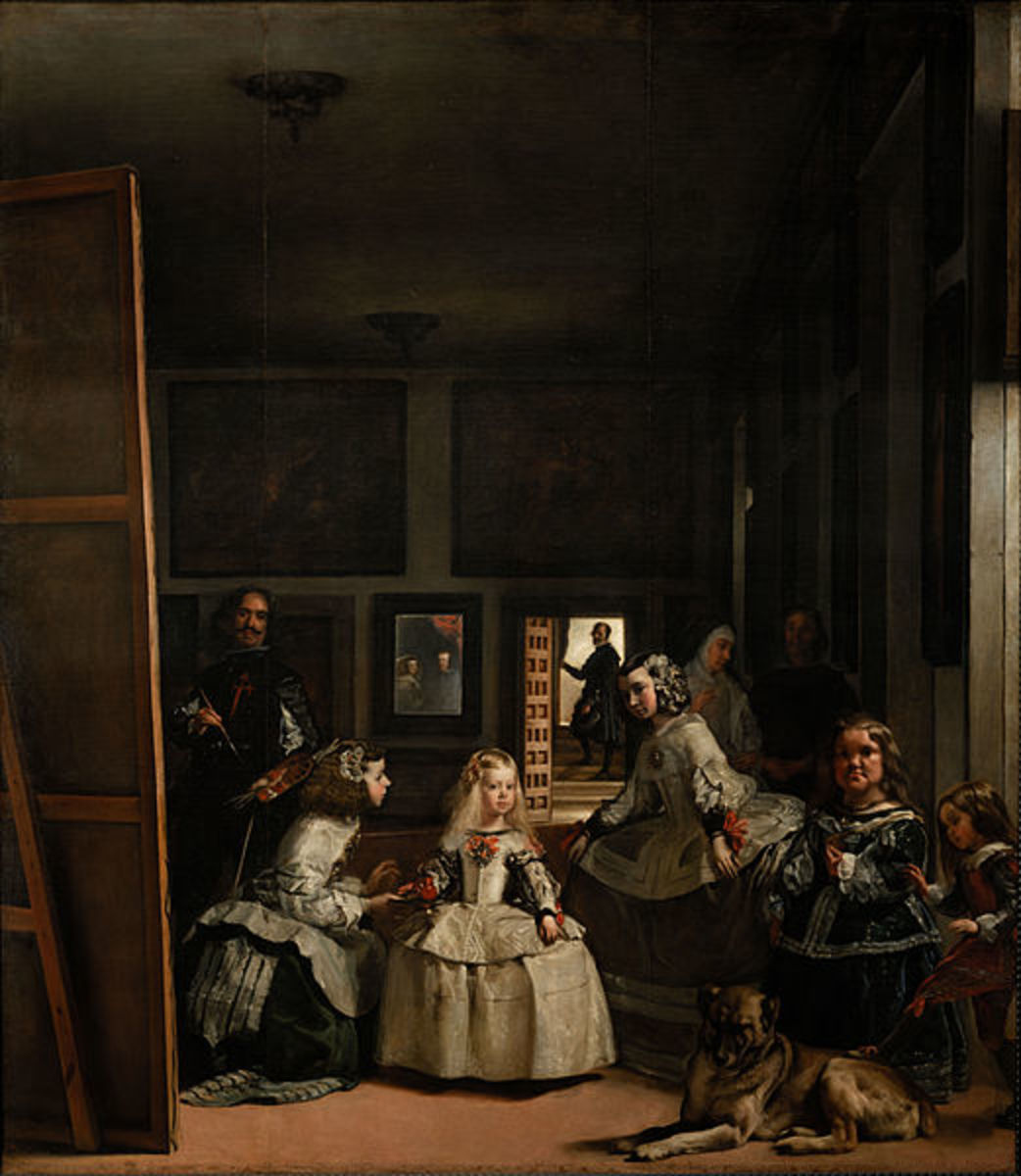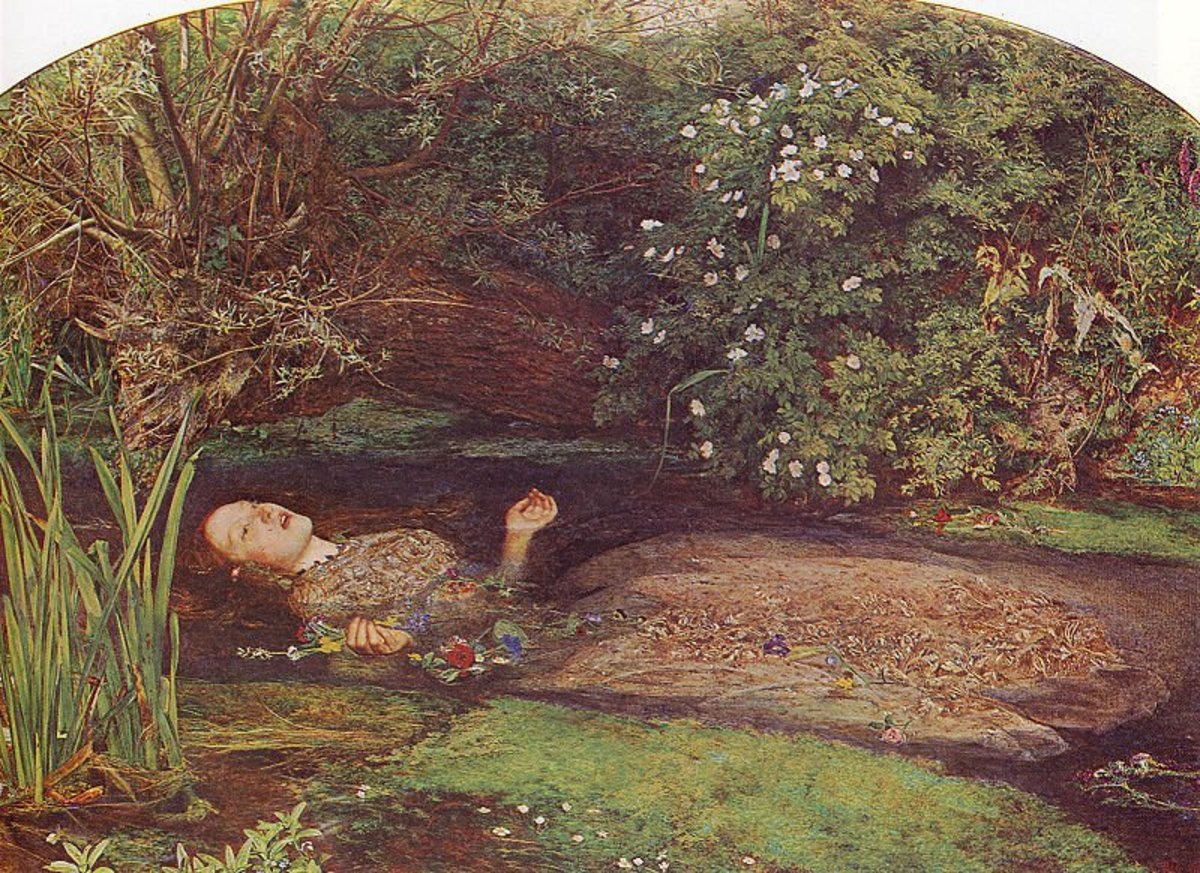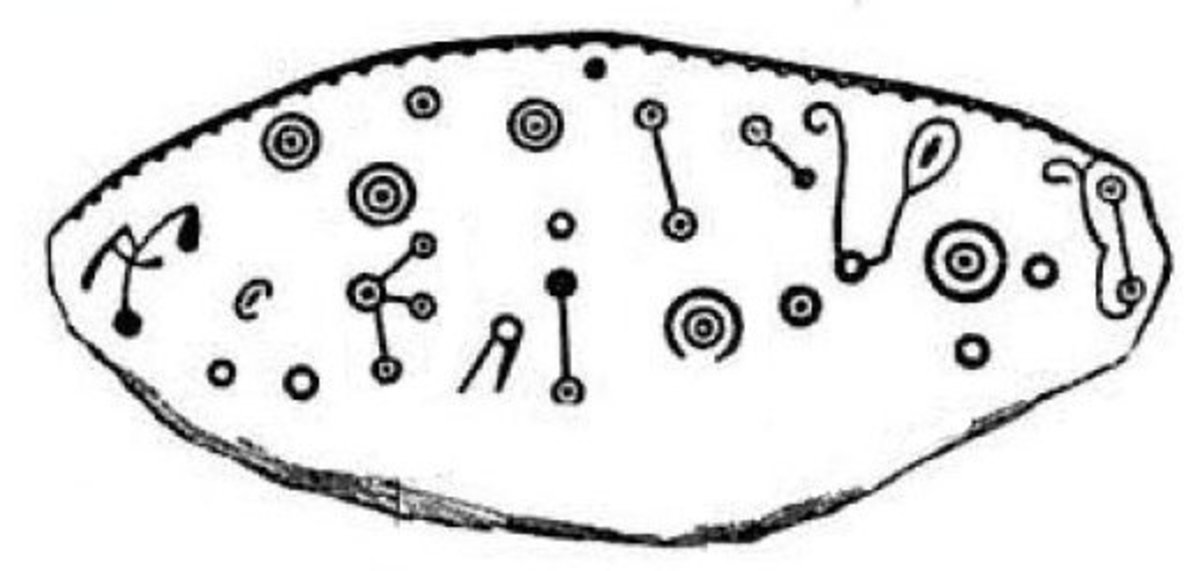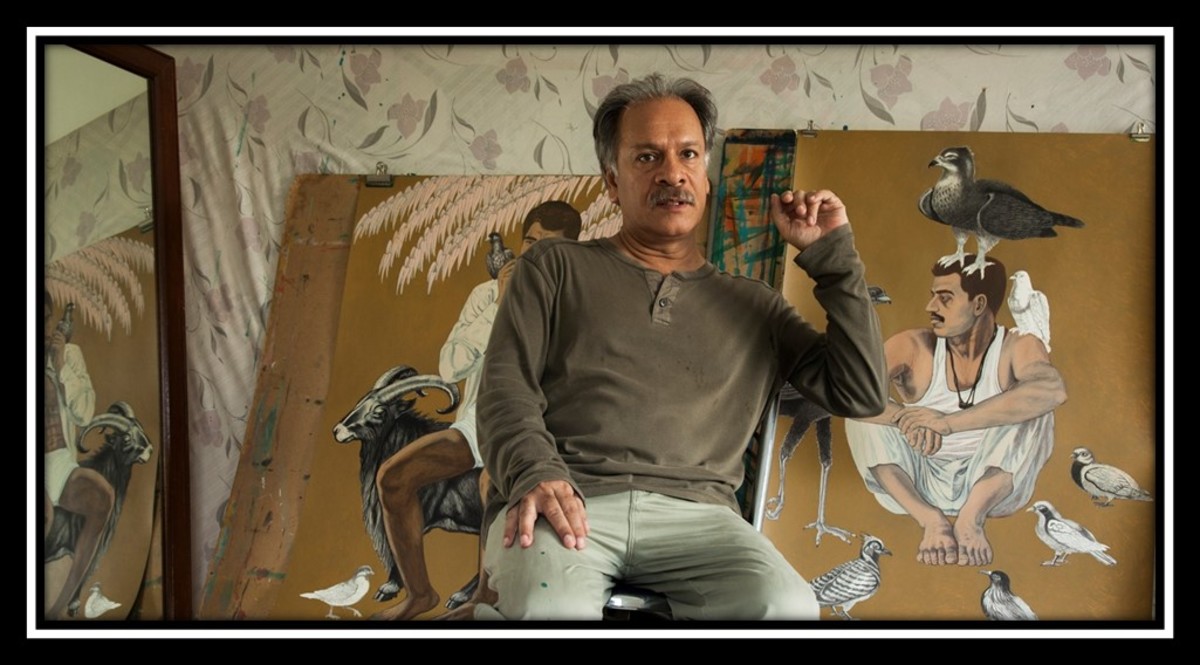Frida Khalo: Her Love and Pain Expressed Through Art
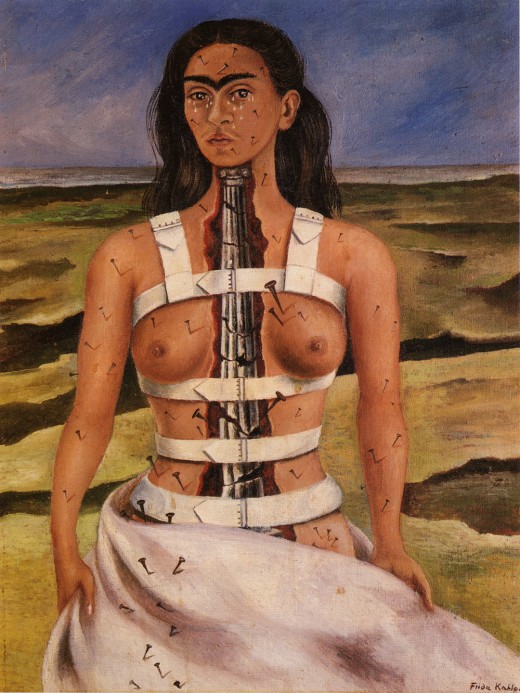
Revolutionary Times Call for a Revolutionary Lady
Frida Khalo was born just three short years before Mexico's revolution in 1907 in Coyoacan, Mexico. It was amid this turmoil and tension that she grew up. Her mother was Mexican of Indigenous decent and her father was a German immigrant. The Revolution of 1910 set the stage, perhaps, for the turmoil that was to be Frida's life for the next five decades.
At age six, she contracted polio, and although she recovered from it, she kept a limp. In 1925, Frida was in a bus accident that left her with a broken spinal column, a broken collar bone, several broken ribs, a broken pelvis, fractures in her right leg, a crushed right foot and a dislocated shoulder. Needless to say, these injuries would haunt her for the rest of her life and did, as evident in her 1944 painting of herself nude, wearing a brace, and with a broken spinal column.
It was shortly after this that she began painting, and shortly after that that she began a relationship with artist and womanizer, Diego Rivera. Both political activists and fellow communists, they hit it off right away, and were married a year later, in 1929. Her tumultuous relationship with the unfaithful Diego is evident in many of her paintings.
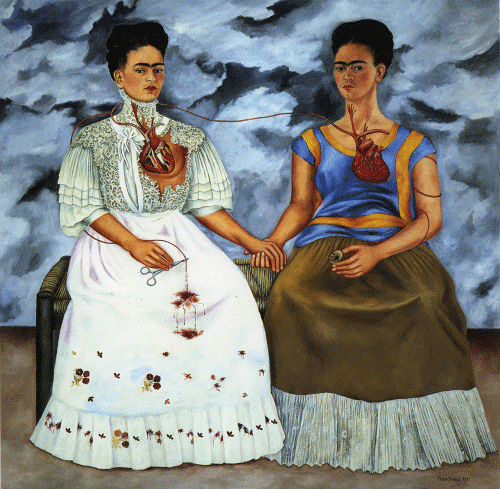
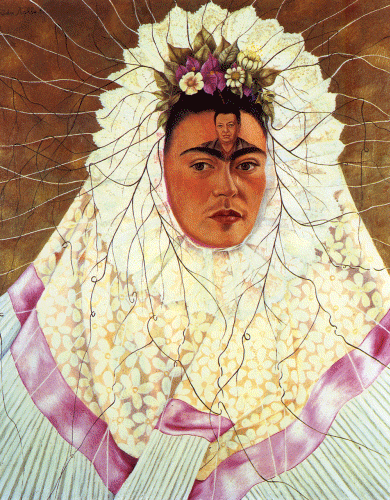
Frida and Diego, Frida and Medicine
Before the accident, Frida was attending Preparatoria, one of Mexico's most renown schools to study medicine. This perhaps explains her affinity to include the human anatomy in most of her paintings. The painting above, The Two Fridas, shows one Frida with a damaged heart, and the other with her heart intact. One can speculate that this painting symbolizes a loved Frida, dressed in bold colors, and a Frida dressed in white who is bleeding. The white Frida is perhaps symbolic of a weaker version of herself--the one that gets hurt. It's worthwhile to note here that while the accident that left her with so many injuries was the cause of her physical pain, Diego was the cause of her emotional pain.
As you can see on the picture to the right titled, Diego in My Thoughts, Diego Rivera was a big part of her life and inspiration. Diego, also an artist and a revolutionary, had a unique style of his own, but one can see similarities. The difference is that Frida incorporated surrealism into her art, something that is evident in this picture, but even more so in paintings that seem to be associated with her dreams.
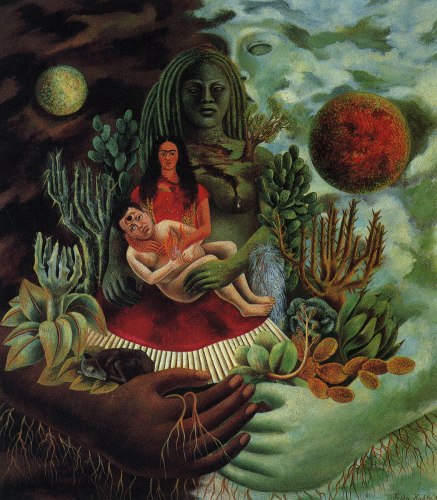
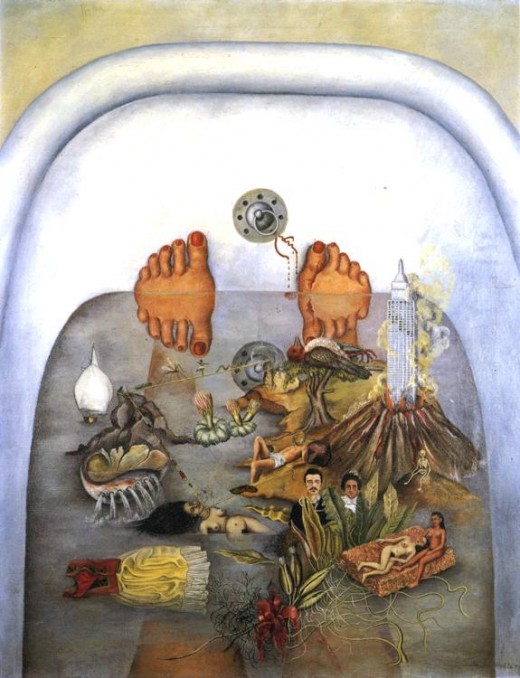
Frida's Surrealism
Frida was influenced a great deal by Mexican culture and mythology, as is evident with the use of bright colors and Indigenous symbols. I think where surrealism played a big part was with her miscarriages and her physical state. Sadly, due to her physical conditions, she was never able to carry a pregnancy to term. Although a child was something Frida desperately wanted, it was not to be for her. In the painting to the right, What the Water Gave Me, surrealism takes on the entire painting, not just one aspect of it, as in The Two Fridas, or Diego in My Thoughts.
I find that Frida's surrealism was an outlet for her feelings. She didn't hold back in her art. It is interesting to see how this could be interpreted as grotesque, or insensitive. While on a trip to New York with her husband, Diego, Frida was commissioned to paint a piece in memory of Dorothy Hale, who had committed suicide the year before by throwing herself out of a window of the Hampshire House Building. The piece she painted, while breathtakingly beautiful, shocked Dorothy Hale's mother, and you can see why below. Surely, she was expecting something solemn and memorable, but Frida was true to herself and to her art in painting this.
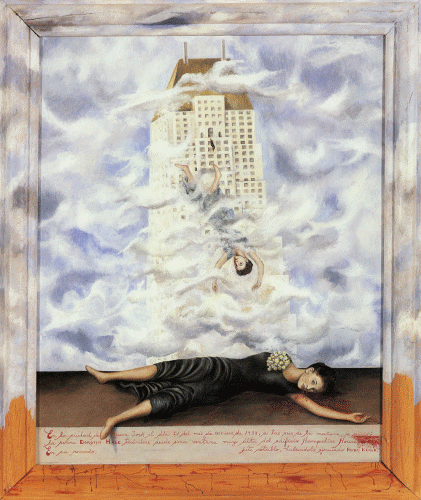
Firda is Gone, But Not Forgotten
Frida died in 1954, shortly after turning 47. The last entry in her diary read, "I hope the exit is joyful--and I hope to never return--Frida." After an on again, off again, on again relationship that surprisingly endured twenty five years with Diego, until very recently she had only been recognized as Diego's wife. It wasn't until the early 1980s that she became well known to the public and also became an important female figure in Mexican history. Ironically, it was on the day that she died that Diego realized too late that she was the most important thing in his life.
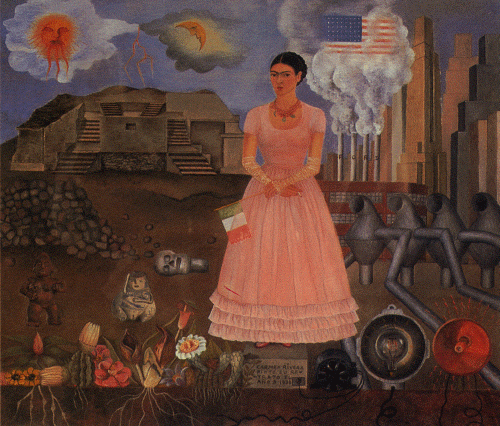
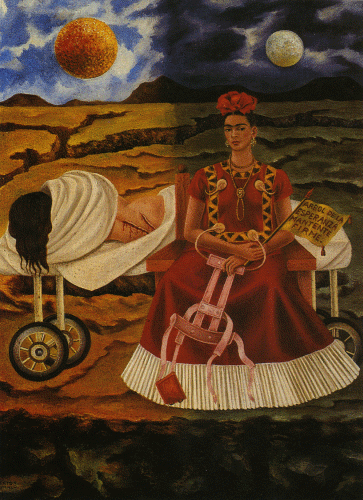
More Interesting Articles by Emmaspeaks
- Shakespeare's Titus Andronicus: the Sources
Shakespeare, perhaps the most brilliant playwright in his time, cannot take all the credit. He had some help when it came to gathering inspiration for this tragedy. - The Theologian's Disconnect with Actual History
Theologians, some of them, have such a disregard for ethical scholarship that the obvious line between myth and history becomes blurred and there is no longer a distinction between the two. - http://emmaspeaks.hubpages.com/_3kjgjy673mbcc/hub/ChristianPagan-Syncretism-in-Post-Conquest-Latin-A
Many Christian gods and deities in the Latin American world today carry a dual identity because of the Christian/Pagan syncretism that took place post conquest. - What Does Brazilian Carnival and the Argentinian Tango Have in Common?- South America's Per
It's not hard to believe that countries in the 19th and early 20th centuries went through a period called, "whitening," in Latin America.

